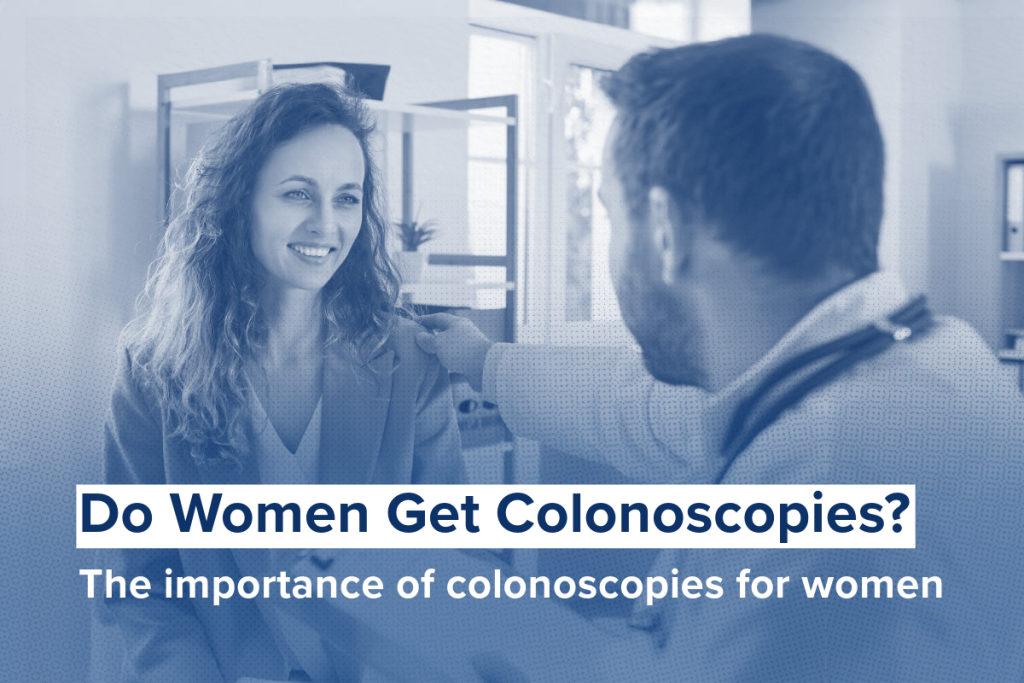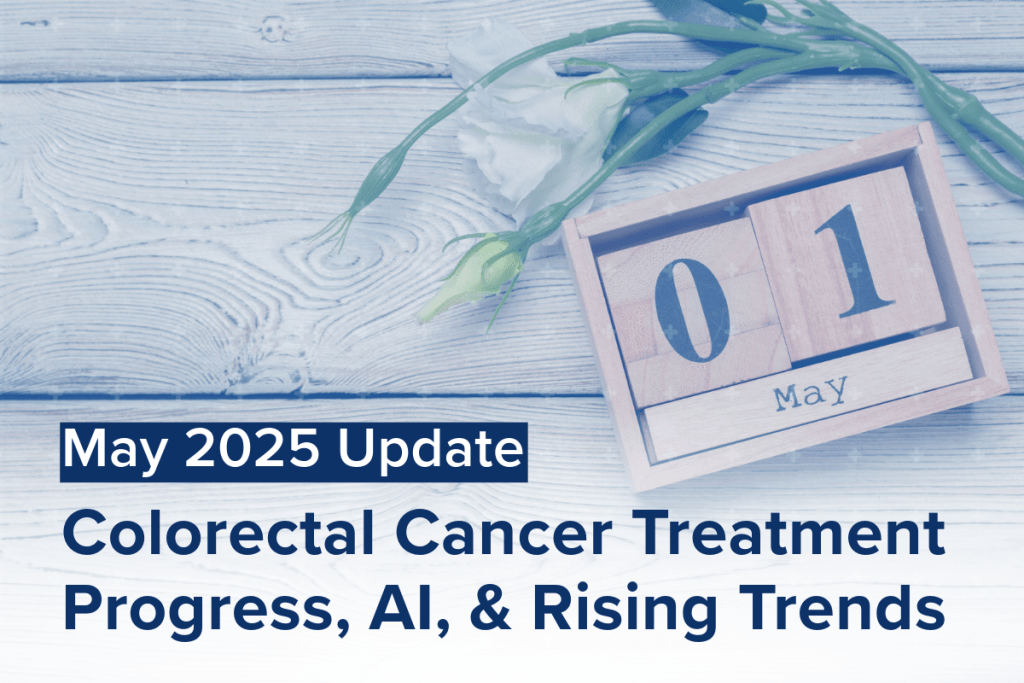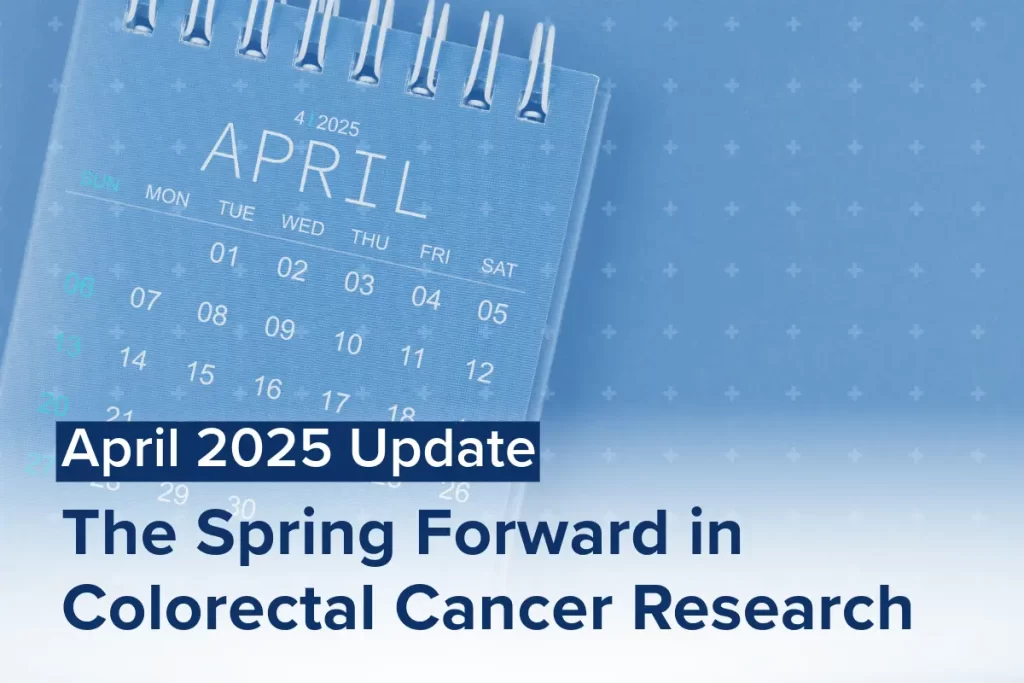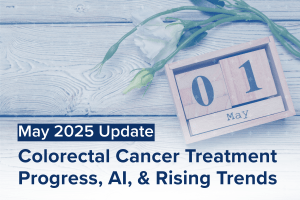Table of Contents
Introduction
Imagine Sarah, a 50-year-old woman who has been feeling increasingly anxious about her health. She knows that she should have a colonoscopy—her doctor recommended it last year when she turned 49.
Like many women, Sarah wonders if this procedure is something women regularly get or if it’s more common for men. Yes, women do get colonoscopies, and it’s a crucial part of preventive healthcare for them, just like it is for men.
Sarah has put off the procedure though. The thought of facing a potential colorectal cancer diagnosis is terrifying, but so is the financial burden of an unexpected medical expense.
Fortunately, resources like ColonoscopyAssist exist to help those without health insurance access low-cost colonoscopy services.
This article will explore the importance of colonoscopies for women. It will cover guidelines for screening, potential risks, and frequently asked questions.
What is a Colonoscopy?
A colonoscopy is a procedure that allows a physician to examine the inner lining of the large intestine (colon) and rectum. This is done using a long, flexible tube with a camera at the end, known as a colonoscope.
The procedure can detect abnormalities, including polyps, tumors, and signs of inflammatory bowel disease.
Indications for Colonoscopy
- Screening for Colorectal Cancer (CRC): Regular screenings can help in early detection.
- Diagnosis of Symptoms: Includes unexplained changes in bowel habits, rectal bleeding, and abdominal pain.
- Surveillance for Patients with a History of Polyps: Monitoring individuals with prior findings.
Screening Guidelines for Women
General Recommendations
Routine screening for colorectal cancer should begin at age 45 for both men and women (American Cancer Society, 2023).
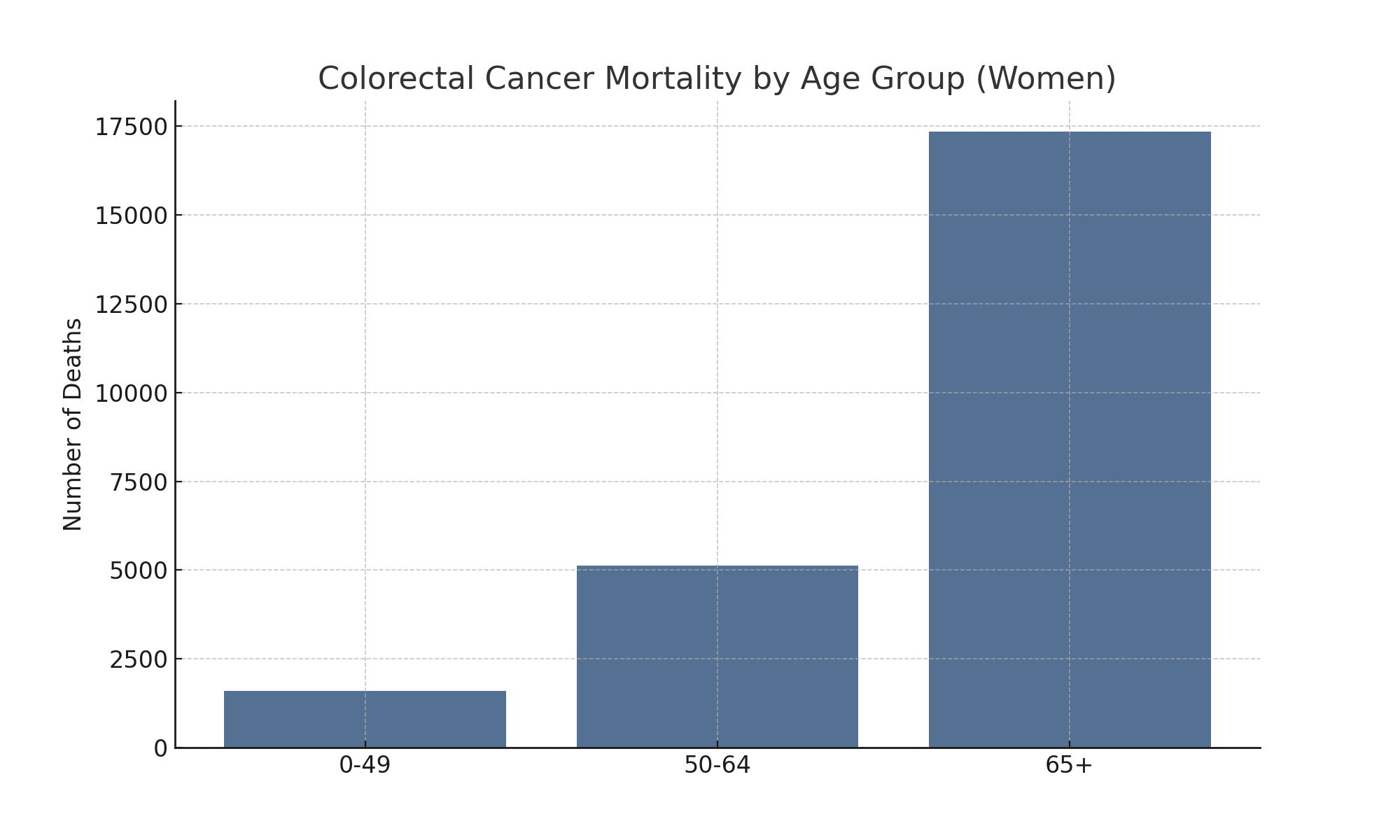
Risk Factors Specific to Women
- Age: The risk increases significantly after age 50 (American Cancer Society, 2023).
- Family History: A family history of colorectal cancer or polyps can elevate risk (American Cancer Society, 2023).
- Personal Health History: Women with a history of breast, uterine, or ovarian cancers may have higher colorectal cancer risks (American Cancer Society, 2023).
- Diet and Lifestyle: A sedentary lifestyle and high-fat diets can contribute to increased risk (American Cancer Society, 2023).
Frequency of Screening
- Average Risk: Every 10 years after the initial screening at age 45 (American Cancer Society, 2023).
- Increased Risk: Every 5 years or sooner based on findings or risk factors (American Cancer Society, 2023).
The Importance of Colonoscopies for Women
Colorectal Cancer Statistics
- In 2023, an estimated 153,020 new cases of colorectal cancer will be diagnosed in the U.S., with 52,550 deaths from the disease, including 19,550 diagnoses in individuals younger than 50.
- The lifetime risk of developing colorectal cancer for women is about 1 in 24.
- The incidence rate for women during 2015-2019 was 31.2 per 100,000.
Benefits of Early Detection
- Improved Prognosis: Early-stage colorectal cancer has a 5-year survival rate of 90%.
- Polyp Removal: Removing polyps during colonoscopy can prevent cancer from developing (American Cancer Society, 2023).
- Monitoring Inflammatory Conditions: Conditions like ulcerative colitis and Crohn’s disease can be managed more effectively with regular screenings (American Cancer Society, 2023).
Risks and Considerations
While colonoscopy is generally safe, it is not without risks. Women should be informed of potential complications, including:
- Perforation of the Colon: Occurs in approximately 0.1% to 0.3% of procedures.
- Bleeding: May occur after polyp removal or biopsy, affecting about 1% of patients.
- Infection: Although rare, infections can develop following the procedure (American Cancer Society, 2023).
Patient Preparation and Procedure
Preparation for Colonoscopy
- Dietary Changes: Patients are usually advised to follow a low-fiber diet for several days before the procedure (American Cancer Society, 2023).
- Bowel Prep: Laxatives are commonly prescribed to clear the bowel, which is critical for effective examination (American Cancer Society, 2023).
During the Procedure
Women can expect to be sedated and will be monitored throughout the procedure. The colonoscope is gently inserted, and images are transmitted to a monitor.
After the Procedure
Patients are typically monitored for a short period and may experience mild cramping. Most women can resume normal activities within a day.
Frequently Asked Questions
- At what age should women begin getting colonoscopies? Women should begin routine screening at age 45, or earlier if they have risk factors (American Cancer Society, 2023).
- How often do women need colonoscopies? For those at average risk, every 10 years is recommended. Women at higher risk may need screenings every 5 years (American Cancer Society, 2023).
- What are the signs that I may need a colonoscopy sooner? Symptoms like rectal bleeding, significant changes in bowel habits, unexplained weight loss, or persistent abdominal pain should prompt immediate consultation (American Cancer Society, 2023).
- Are there alternatives to colonoscopy for screening? Yes, alternatives include fecal immunochemical tests (FIT), stool DNA tests, and flexible sigmoidoscopy. Colonoscopy remains the gold standard for diagnosis and polyp removal (American Cancer Society, 2023).
- Is there a difference in colon cancer risk for women compared to men? Women generally develop colorectal cancer at a later age and may have different types of tumors compared to men, making screening vital for early detection (American Cancer Society, 2023).
- Is a colonoscopy more painful for women? A colonoscopy is usually a comfortable procedure for both men and women because most patients are given anesthesia to help them relax. However, some women may feel a little more discomfort at certain points during the procedure due to natural differences in their bodies.
Conclusion
For women like Sarah, the decision to undergo a colonoscopy often feels like a daunting challenge. They must balance health concerns with financial realities.
The importance of preventive care cannot be overstated. This is especially true given the rising incidence of colorectal cancer among women.
Early detection through regular screenings can save lives. Yet many women face obstacles such as lack of insurance or high medical costs that can delay necessary procedures.
Organizations like ColonoscopyAssist provide essential resources to help women access affordable colonoscopy services. This ensures that financial barriers do not prevent them from prioritizing their health.
Every woman deserves the opportunity to protect her health, just as Sarah does. Prioritizing screenings is not just a matter of health; it’s a step toward peace of mind.
For more detailed statistics and information, please refer to the Colorectal Cancer Facts & Figures 2023-2025.











